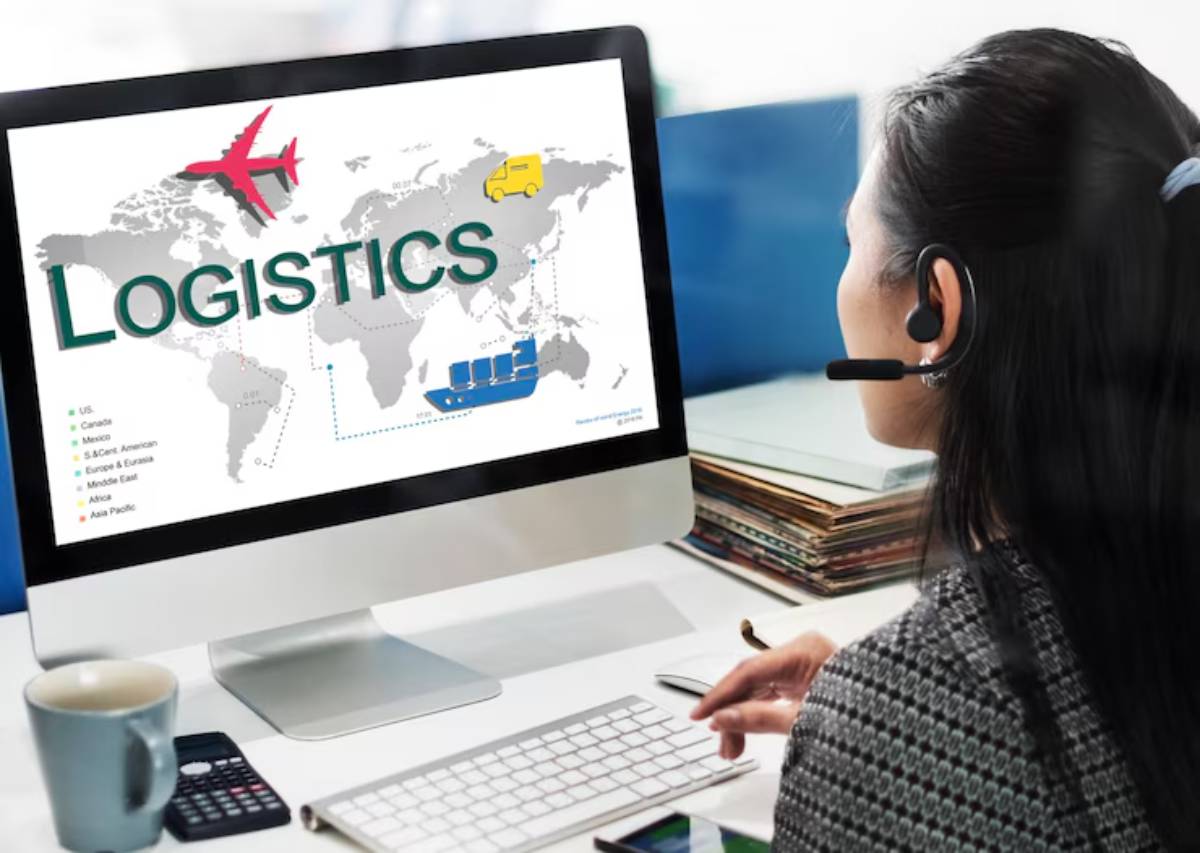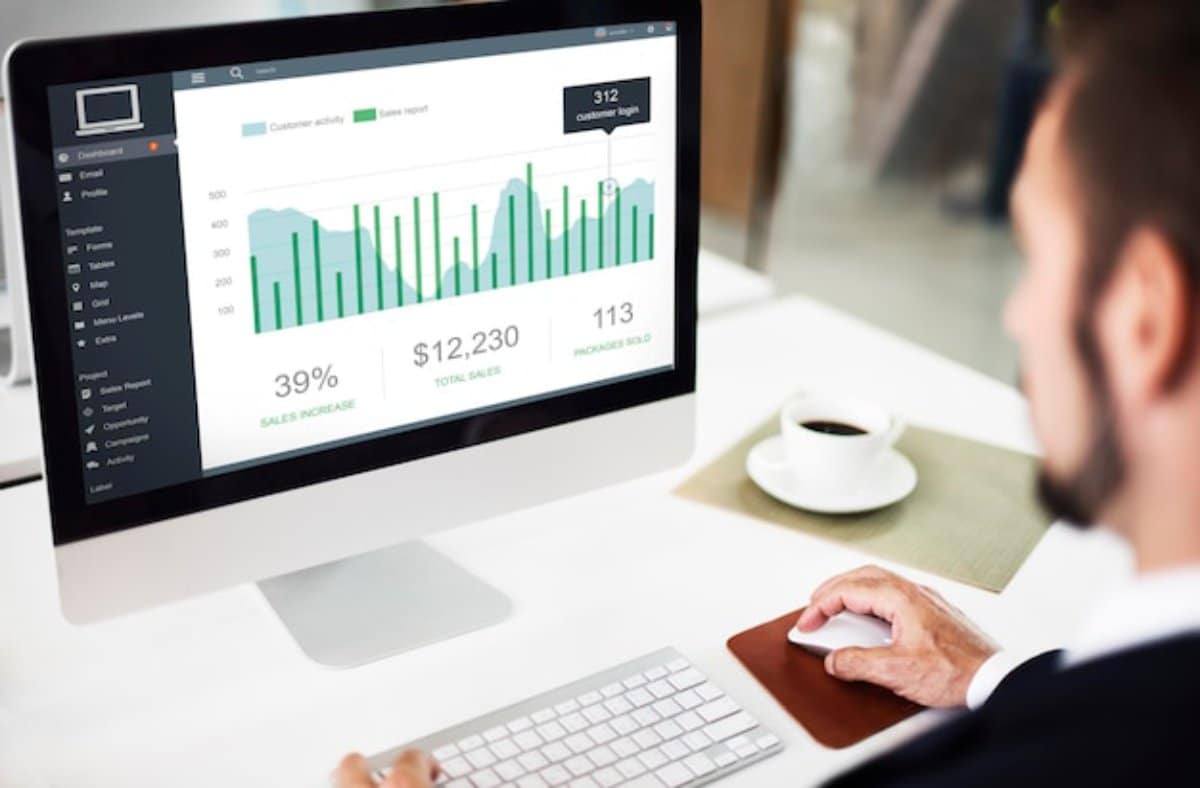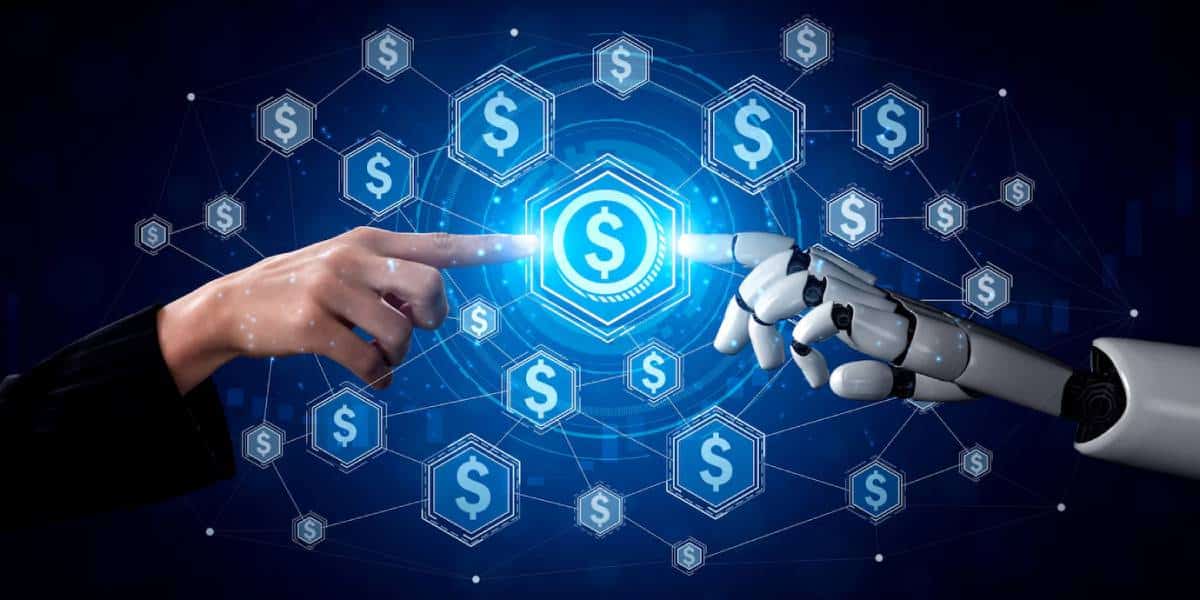
Designing a Seamless Checkout Experience: Checkout Optimisation and User-Friendly Payments
Why a Seamless Checkout Experience Matters
Picture this: you’ve found the perfect product online, added it to your cart, and are ready to buy. But then the checkout process feels like a marathon—too many steps, clunky forms, and unnecessary distractions. Frustrated, you abandon the cart and move on.
Sound familiar? You’re not alone. Research shows that over 70% of online shopping carts are abandoned due to a poor checkout experience. For e-commerce businesses, that’s a huge loss of potential revenue. That’s where checkout optimisation and user-friendly payments come into play. A smooth, frictionless checkout doesn’t just improve conversions—it builds trust, encourages repeat purchases, and reduces cart abandonment.
In this guide, we’ll dive into designing a seamless checkout experience, unpack key strategies for checkout optimisation, and share actionable tips to create user-friendly payments that keep customers coming back.

Understanding Cart Abandonment: The Silent Revenue Killer
Why Do Shoppers Abandon Their Carts?
- Unexpected Costs: Shipping fees, taxes, or other surprise charges at checkout.
- Complicated Checkout Process: Too many steps, forms, or distractions can overwhelm users.
- Lack of Payment Options: Not offering the preferred payment method of the customer.
- Security Concerns: If shoppers aren’t confident in your payment system’s security.
- Forced Account Creation: Requiring users to register before checkout adds friction.
Impact on Your Business
Cart abandonment isn’t just about losing a sale—it’s about lost trust and future revenue opportunities. By focusing on checkout optimisation, you can turn these missed chances into conversions.
Key Elements of a Seamless Checkout Experience
1. Simplify the Checkout Flow
- Minimise Steps: Keep the process short and sweet—ideally one page or a few clear steps.
- Guest Checkout Option: Let users complete purchases without creating an account.
- Autofill Features: Use autofill for address and payment details to speed up the process.
2. Offer Multiple Payment Methods
- Cards: Accept Visa, MasterCard, American Express.
- Digital Wallets: Include PayPal, Apple Pay, and Google Pay.
- Buy Now, Pay Later (BNPL): Offer flexible options like Klarna or Afterpay.
- Local Payment Methods: Cater to regional preferences (e.g., Alipay, SEPA Direct Debit).
3. Clear Pricing Transparency
- Display Total Costs Early: Show shipping, taxes, and any fees upfront.
- Avoid Surprises: Transparency builds trust and reduces cart abandonment.
4. Mobile-First Design
- Responsive Layout: Ensure the checkout works smoothly on all devices.
- Tap-Friendly Buttons: Use large, clear buttons suitable for mobile screens.
5. Security and Trust Signals
- SSL Certificates: Secure customer data with encryption.
- Trust Badges: Display payment provider logos and security certifications.
- Clear Privacy Policies: Reassure customers about data protection.
Checkout Optimisation Strategies
1. Reduce Form Fields
Only collect essential information. Studies show that reducing form fields from 15 to 7 can increase conversions by 10-20%.
- Tip: Combine first and last name fields or auto-detect city/state based on postal codes.
2. Use Progress Indicators
Show shoppers how many steps remain in the checkout process.
- Outcome: Reduces anxiety and keeps users engaged.
3. Enable Saved Payment Details
Allow returning customers to save their payment information securely.
- Benefit: Speeds up future purchases and builds loyalty.
4. Optimise Page Load Speed
Ensure the checkout page loads quickly.
- Fact: A 1-second delay in page load can reduce conversions by 7% (source: Akamai).
5. Incorporate Exit-Intent Popups
Prompt users with a discount or reminder if they attempt to leave during checkout.
- Scenario: Offer 10% off to encourage completion.
Real-World Scenario: Checkout Optimisation in Action
An online clothing retailer noticed a high cart abandonment rate during checkout. After analysing user behaviour, they simplified their checkout from five steps to two, added PayPal and BNPL options, and introduced trust badges.
The result? A 25% increase in completed transactions and a 15% boost in returning customers.
This demonstrates how checkout optimisation and user-friendly payments can directly impact revenue and customer loyalty.
Best Practices for Designing a User-Friendly Checkout
1. Pre-Fill Returning Customer Details
Use cookies or accounts to pre-fill shipping and payment information.
- Benefit: Makes the process faster and more convenient.

2. Offer Multiple Shipping Options
Let customers choose between standard, express, or free shipping over a certain amount.
- Tip: Clearly communicate delivery times and costs.
3. Provide Clear Call-to-Actions (CTAs)
Use actionable text like “Complete Purchase” instead of generic buttons.
- Outcome: Guides users confidently through checkout.
4. Test and Iterate
Regularly test different layouts, payment methods, and messaging.
- Strategy: Use A/B testing to refine your checkout process.
Comparing Checkout Payment Methods
| Payment Method | Speed | Security | User Trust | Global Reach |
| Credit/Debit Cards | High | High | High | Global |
| PayPal | High | High | Very High | Global |
| Apple Pay/Google Pay | Very High | Very High | High | Growing |
| BNPL (Klarna, Afterpay) | Moderate | High | Growing | Regional |
| Local Methods (Alipay, SEPA) | High | High | Regional | Regional |
This table helps you choose the right mix of user-friendly payments for your audience.
Trends in Checkout Optimisation for 2025
1. AI-Driven Personalisation
AI suggests preferred payment methods based on user behaviour.
2. Voice-Activated Payments
Voice commands are enabling hands-free checkouts.
3. Biometric Authentication
Fingerprint and facial recognition are enhancing checkout optimisation.
4. One-Click Checkouts
Simplified checkouts like Amazon’s one-click are being adopted widely.
Staying ahead of these trends ensures your checkout process remains competitive.
Conclusion: Elevate Conversions with Seamless Checkout Optimisation
Creating a seamless checkout experience isn’t just about speeding up payments—it’s about building trust, reducing friction, and encouraging customers to complete their purchases. By focusing on checkout optimisation, offering user-friendly payments, and keeping up with emerging trends, you can significantly reduce cart abandonment and boost your revenue.
Ready to optimise your checkout process? Share your challenges or experiences in the comments below, and subscribe for more tips on enhancing e-commerce conversions!


